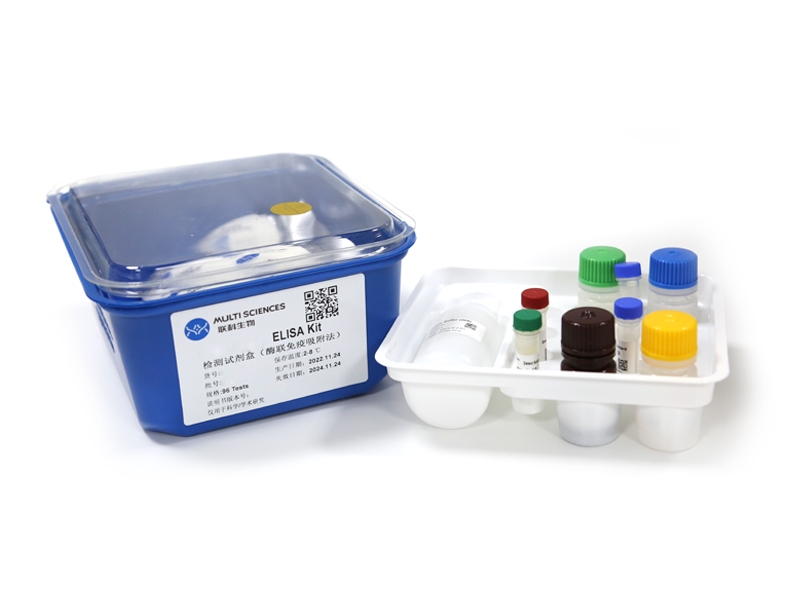STUDY QUESTION: What is the impact of glucocorticoid (GC) on female reproduction? SUMMARY ANSWER: Corticosterone (CORT) exposure causes little damage to oocyte quality or developmental competence but has an adverse effect on the uterus, which causes decreased implantation, embryo death and subsequent infertility. WHAT IS KNOWN ALREADY: Chronic treatment with high GC doses is effective in controlling most allergic diseases but may lead to metabolic disorders such as obesity that are closely related with reproductive function. STUDY DESIGN, SIZE, DURATION: Hypercortisolism was induced in a female mouse model by supplementing the drinking water with 100 μg/ml of CORT. Controls received vehicle (1% v/v ethanol) only. After 4 weeks treatment mice were either mated or killed in estrus for hormone and organ measurements. In the first experiment, treatment with CORT or control continued during pregnancy but in the second CORT treatment was stopped after mating. To identify the effects of GC exposure on the uterus, blastocysts were generated by IVF of oocytes from CORT and control mice and replaced into recipients receiving the opposite treatment. PARTICIPANTS/MATERIALS, SETTING, METHODS: The effects of hypercortisolism on female mice were first characterized by living body fat content, body weight, food intake, hormone and biochemical measurements, a glucose tolerance test and an insulin resistance test. Fertility was determined with or without CORT-treatment during pregnancy. Oocyte quality was assessed by oocyte maturation, mitochondrial distribution, reactive oxygen species production, mitochondrial DNA mutations and morphology of blastocysts produced in vivo or in vitro. Blastocyst cross-transfer was done to evaluate the causes of embryonic development failure. Fetus development and uterus morphology evaluation as well as culture of oocytes in vitro with gradient concentrations of CORT were also carried out. MAIN RESULTS AND THE ROLE OF CHANCE: In the hypercortisolism female mouse model, body weight and food intake were much higher than in the control, and corticosterone, estradiol, cholesterol (CHO) and triglycerides (TG) in the plasma of CORT-treated mice was significantly increased. The hypercortisolism female mice were infertile when CORT-treatment was sustained during pregnancy but fertile if CORT-treatment was stopped after mating. The rate of successful implantation in hypercortisolism mice with sustained CORT-treatment during pregnancy was significantly lower than in the control, and the implanted embryos could not develop beyond 13.5 dpc. Blastocyst cross-transfer showed that blastocysts from CORT-treated mice could develop to term in the uterus of control mice, but blastocysts from control mice failed to develop to term when they were transferred into CORT-treated mice, providing evidence that the infertility was mainly caused by an altered uterine environment. CORT administration did not affect oocyte maturation, mitochondrial distribution, ROS production and blastocyst morphology, but increased mitochondrial DNA mutations. Culture of oocytes in vitro with gradient concentrations of CORT showed that only very high concentrations of CORT caused damage to oocyte developmental competence. LARGE SCALE DATA: NA. LIMITATIONS, REASONS FOR CAUTION: The mouse model has the advantages of a consistent genetic and physiological background and openness to experimental manipulation over clinical studies but may not represent the human situation. WIDER IMPLICATIONS OF THE FINDINGS: Our findings show that special care should be taken when administering CORT during pregnancy, and provide important information concerning female reproduction when treating patients by subjecting them to chronic GC exposure. STUDY FUNDING/COMPETING INTEREST(S): This study was supported by the National Key R&D Program of China (Nos. 2016YFA0100400 and 2017YFC1000600) and the National Natural Science Foundation of China (31472055). The authors have no conflicts of interest.
文章引用产品
-
-
- EK297
- ELISA试剂盒
Mouse Leptin ELISA Kit检测试剂盒(酶联免疫吸附法)
-
¥1,600.00 – ¥2,650.00
-
- EK297
- ELISA试剂盒
Mouse Leptin ELISA Kit检测试剂盒(酶联免疫吸附法)
- ¥1,600.00 – ¥2,650.00



